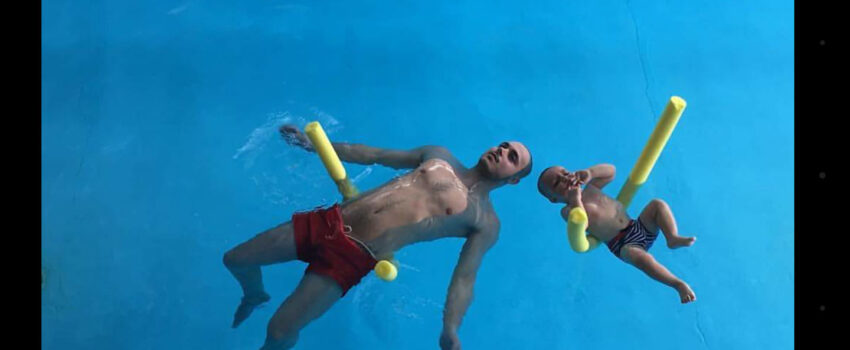
Children have special needs, as their airways, digestive tract, eyes and skin are very sensitive. During the aquatic therapy sessions, children are in contact with water for a long time, they may accidentally ingest water, inadvertently open their eyes under water or water accidentally leaks inside the swimming goggles, and their airways may be affected by chemicals used to treat the water.
Splash Academy has the most advanced water treatment system available, a unique technology, specially designed for the needs of children and babies, by one of the world’s leading water treatment companies. The system contains several stages of filtering and treatment, creating redundancy and implicitly security. The entire system is controlled by a computer (Pool Management System) that collects information using a system of sensors, interrogated at predetermined intervals and adjusts processes. There is no human intervention, thus, there is no human error. No chemicals are used to treat the water, the operation being explained below. All data collected from the system sensor query are displayed “just in time” on the monitors in the standby area and are stored for a period of 250 days for consultation.
Water treatment begins with its filtration, with a cycle completed every 3 hours, uses professional filters based on quartz, zeolites and activated charcoal. Simultaneously with the filtration, the supply of fresh water takes place, depending on the number of persons who are in the pools. The filtration is done at a low speed of only 30 m3 / hour / filter, this being the European standard for children’s pools, using a number of 6 filters with mixed filtration beds with heights of 1500-1800 mm. Water sterilization is done naturally, keeping the PH value of water at the pH value of the tear (the abnormal pH of the tear varies between 6.5 and 7.6, while the average pH of most people is 7) and takes place in 3 steps as follows:
- A primary salt electrolysis system, which takes place in reaction tanks and not in the pool, the pool water is not salty, as it is well known that salt dries children’s epidermis and causes discomfort to the ocular system. It is the most efficient electrolysis system available at this time.
- A secondary ozone water treatment system, a system that ensures redundancy of the primary electrolysis system. The two systems work together permanently, but if one of them fails, the other ensures complete treatment without water parameters changing. After ozonation, the ozone is completely removed from the water by means of activated carbon filters, aiming to keep the water natural.
- A tertiary water treatment system with the help of medium pressure UV lamps, whose role is to neutralize microorganisms, this system being often used for drinking water. The role of the system is to avoid cross-contamination between children, using pool water as a vector. It is an additional protective measure in case one of the users (although declared clinically healthy) involuntarily releases a pathogen in the water (that person can be for example a carrier, or has the disease in the incubation period).
 Account access
Account access  Registration
Registration